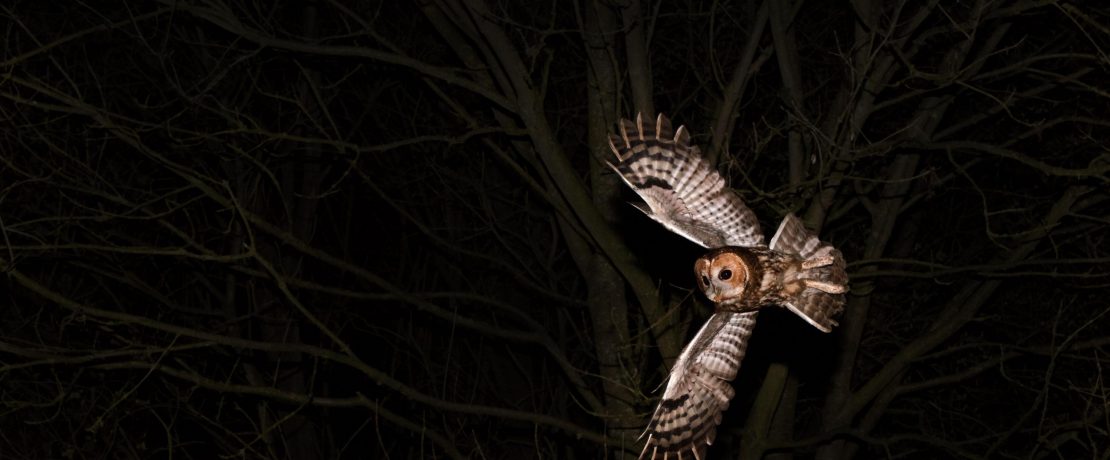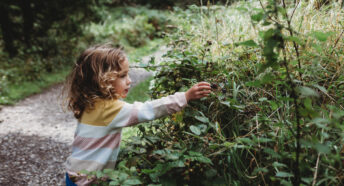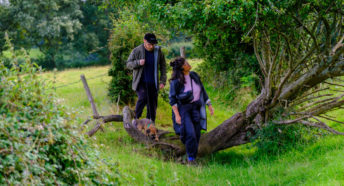Sounds of the night
Out and about in the early spring evenings in the countryside? You might find yourself with unexpected company. You never know what might be hopping, scurrying or flying nearby after dark…
Wild families
During late winter and early spring, many animals will be tucked away keeping warm or hibernating. But you might still hear the snuffling of a badger or catch a glimpse of a fox.
As winter draws to a close, these mammals are thinking about raising cubs. Badger cubs are born in February but won’t come out of their setts for a few months yet. Fox cubs are born in March. Vixens are now preparing to give birth, so they’ll be looking for suitable dens to settle down in.
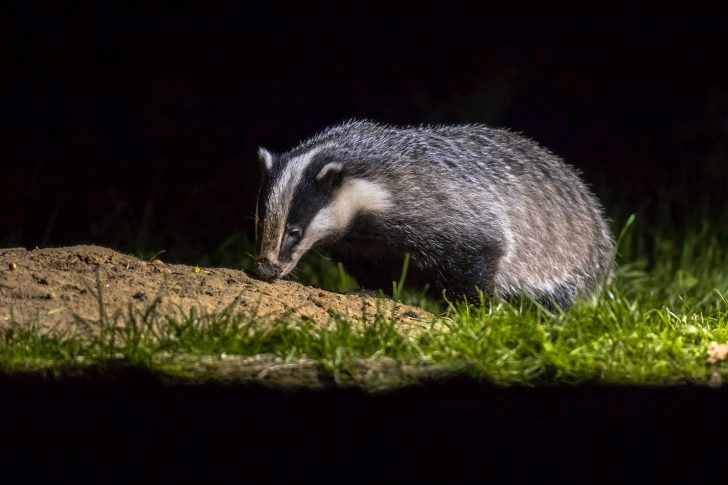
Frogs and toads are also planning to start the next generation and are active at night. Keep an eye out for them marching through the grass as they instinctively seek out ponds they remember from last year. Mind where you put your wellies! By the end of February, many will be laying their spawn, frogs in clumps and toads in strings. Tadpoles will hatch roughly two to four weeks later.
Nocturnal noises
You might be lucky enough to hear an owl, especially if you’re near some woodland. Tawny owls can nest early, some starting to lay their eggs in February. It was thought that owls said ‘tu-whit-to-whooo’, but we now know this sound is actually two birds calling to each other: the female might say ‘ke-wick’ and the male replies ‘hoooouh’.
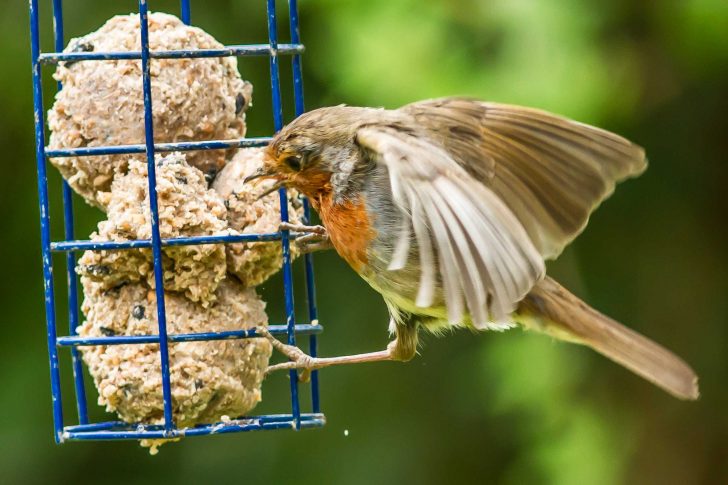
Another bird you’re likely to hear is the robin, which sings throughout the winter. Robins evolved to start their song at dawn, but if there’s artificial light such as a streetlamp nearby, they’ll perform at night too. Do give your local robin and other garden birds a hand this time of year, as it’ll be hard for them to find food. Some suet pellets, crumbled cheese or mealworms will give them a boost.
Winter wanderers
Many birds are on the wing at night in February, including those that have flown here for the winter. Redwings and fieldfares, members of the thrush family from Iceland and Scandinavia, often call as they pass overhead. The redwing has a high-pitched ‘seep’ and the fieldfare makes a chuckling call. Right now, they’ll be moving around the countryside in search of food and safe places to rest. Next month they begin the long journey back to their breeding grounds in the north.
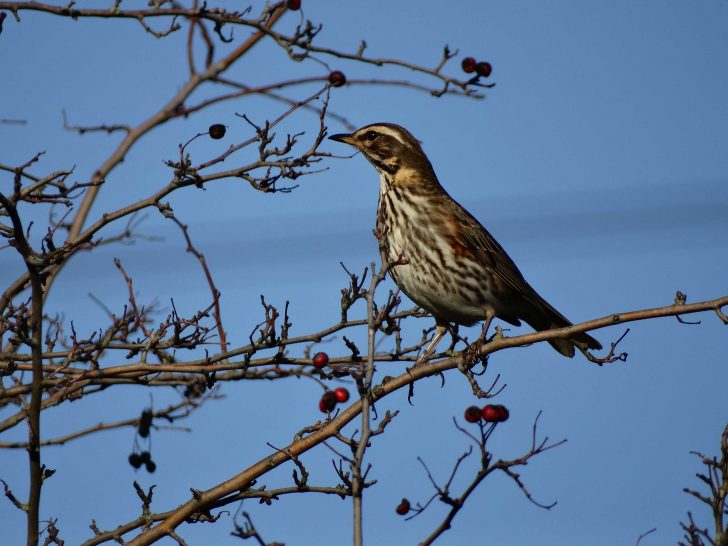
Starlight surprises
This might seem a strange time of year to see moths, but there are some that emerge on warmer days. Herald moths, for example, spend the winter in outbuildings and caves. Pale brindled beauty, satellite and spring usher are also moths that are seen in February. Like the robin, these animals are also influenced by street lights. A study in 2016 suggested that moths are drawn away from fields and hedgerows by this lighting.
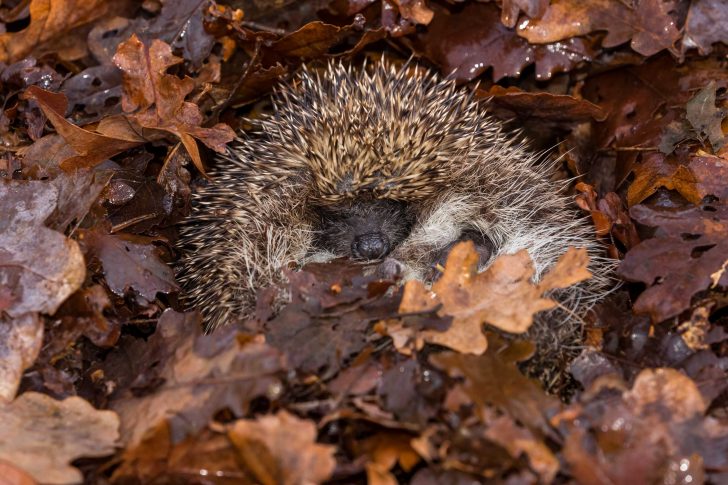
Most hedgehogs will still be hibernating but, if it’s especially mild, some may wake from their slumber. Males tend to come out earlier than females. If you spot a hedgehog while you’re out star counting and it seems to be trundling along snuffling for food, it should be fine. But if it’s staggering or wobbly, it might need help. There’s some great advice on the British Hedgehog Preservation Society website.
Bats, nearing the end of their hibernation, can make a surprise appearance if the night is mild. They may come out of their hiding places to feed and drink. And if you’re by the right river at the right time, you might encounter some of our other nocturnal mammals. Otters can now be found in every English county, and beavers are starting to become re-established in some areas, like the appropriately-named River Otter in Devon.
So remember, when you’re enjoying the constellations at night, there could be plenty of stars of the animal world for you to find too!
